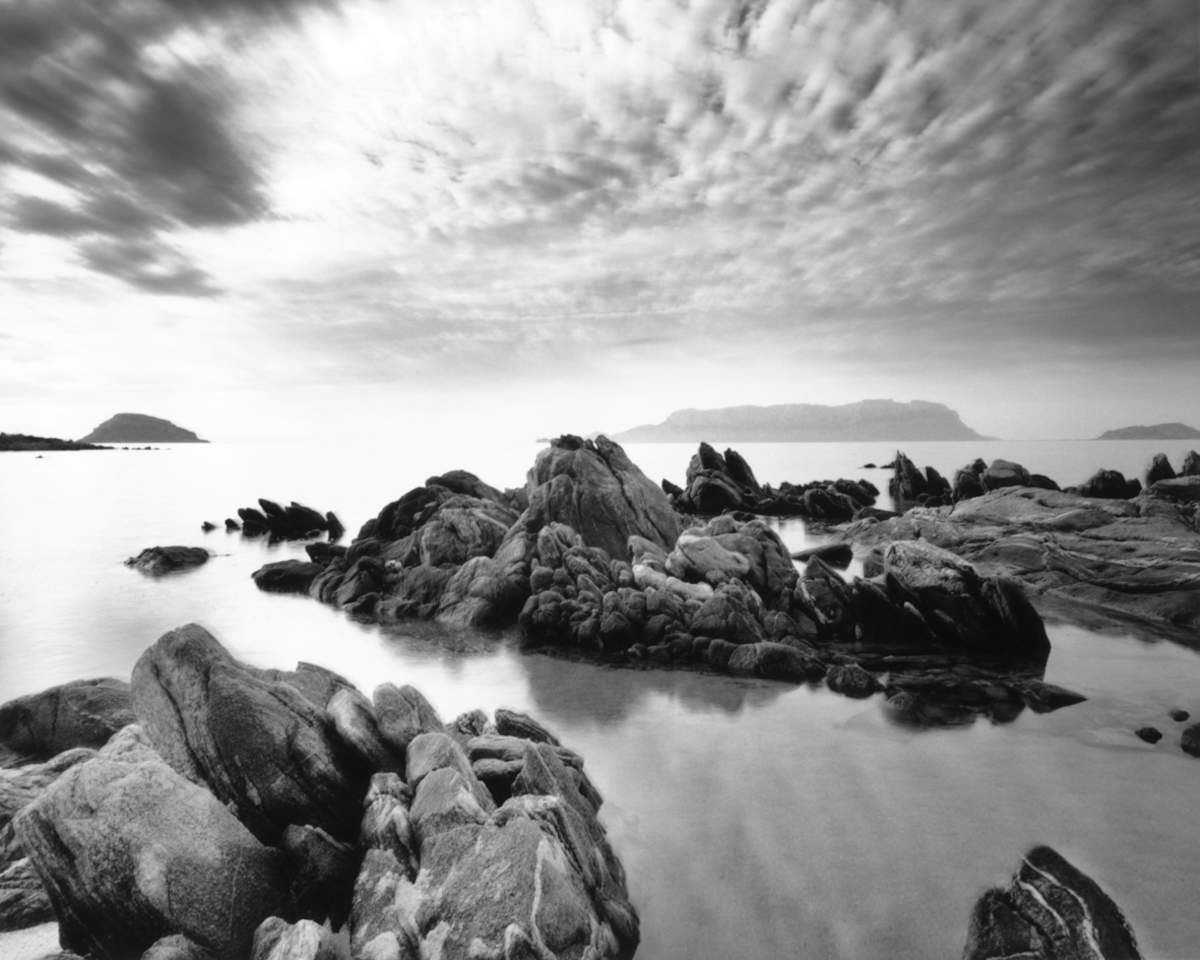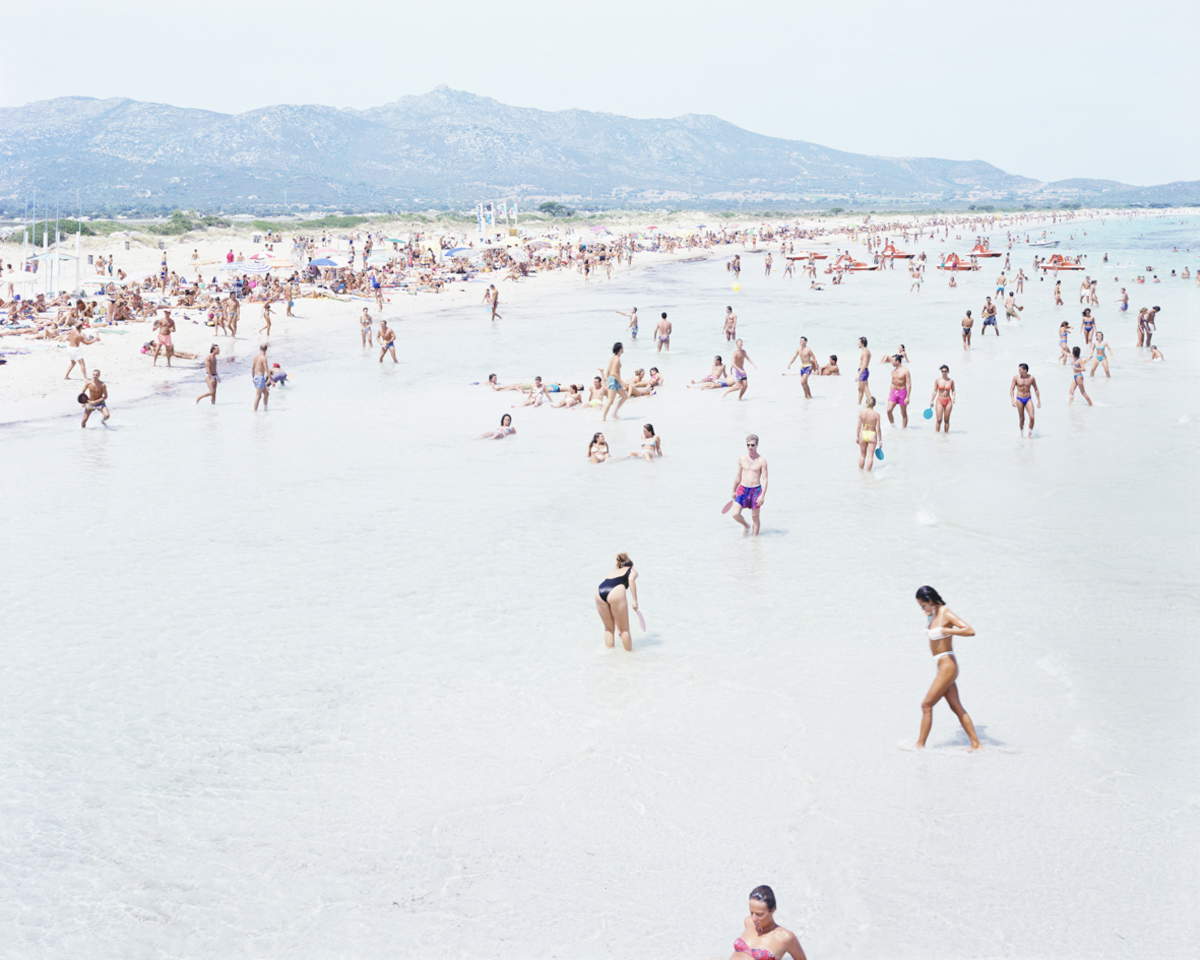MAN in Nuoro and the Cagliari Municipal Art Gallery will host from June 27 to Nov. 16, 2025, the photographic exhibition Isole minori. Notes on the Photographic from 1990 to Today, an exhibition project curated by Walter Guadagnini and Giangavino Pazzola that brings together sixteen projects by international photographers and female photographers focusing on the theme of island representation from 1990 to today.
The exhibition, whose opening is scheduled for June 26 in Cagliari and June 27 in Nuoro, does not want to limit itself to the physical and geographical dimension of the island, but to expand to its cultural and social significance, in order to offer a reflection on the idea of isolation.
In Nuoro, the photographs of Jacopo Benassi, Paola De Pietri, Charles Fréger, Ralph Gibson, Mimmo Jodice, Salvatore Ligios, Bernard Plossu, Marinella Senatore, Giovanna Silva, Massimo Vitali, Lorenzo Vitturi, Vanessa Winship and George Georgiou will be exhibited, while in Cagliari those of Arianna Arcara, François-Xavier Gbré, Luca Spano and Karla Hiraldo Voleau will be on display.
In the past portrayed by masters such as August Sander, Henri Cartier-Bresson and Lisetta Carmi, Sardinia has often been the subject of a photographic narrative in a documentary key, centered on inland areas and local communities. This approach contributed to consolidate a dual and polarized vision between center and periphery, where the stereotyped perception of a place outside of time alternated with the vision cracked by the presence of the bandits protagonists of the crime news, the distant periphery and other references related to the theme of underdevelopment.
The exhibition aims to highlight how, over the past 25 years, these narratives have shifted. The selected projects demonstrate a broadening of the gaze to new ways of relating photography, territory and society. Thus, representations emerge that traverse the history of cultures, the transformation of contemporary society and the permanence of dynamics of subalternity. Through images that touch on coastlines, seas and landscapes and the interior of the larger urban contexts, the photographers in the exhibition propose a new visual grammar of Sardinia, placing it in a cultural context in the extended Mediterranean area.
Opening the exhibition is a prologue that pays tribute to four great photographers who, as early as the 1980s and 1990s, turned their lens to the island. Mimmo Jodice, with his shots of Punta Pedrosa (1998) and Molara (1999), returns an almost metaphysical vision of the sea. Bernard Plossu takes us on a poetic journey between Carloforte and La Maddalena (2002), while Ralph Gibson mocks the theme of the nude (1986) and Massimo Vitali documents with his style the Poetto beach crowded with tourists (1995).




At MAN in Nuoro, works divided into monographic rooms address themes such as the persistence of ancient traditions and rituals through the role of the mask, explored by Salvatore Ligios (2007) and Charles Fréger (2010-2011); thesuspended and often never fully realized wait for a socio-cultural and economic revival evoked by Giovanna Silva with images related to the failed summit on La Maddalena (2009); the dialogue between past and present, as in Paola De Pietri ’s work on the island of Caprera (2022). Other works reflect on community and participatory dynamics, such as those by Marinella Senatore (2013) and Vanessa Winship and George Georgiou (2014). The idea of isolation, on the other hand, is addressed in a more conceptual key by Jacopo Benassi (2021) and Lorenzo Vitturi (2022), who are active in Donori and Valle della Luna, respectively.
In Cagliari, on the other hand, four authors investigate the link between photography and literature. Arianna Arcara (2025), inspired by Sergio Atzeni’s short stories, explores relational dynamics, as does Karla Hiraldo Voleau (2023), who rereads Generation Z through the legacy of Pier Paolo Pasolini’s Comizi d’amore. Luca Spano (2020-2021) constructs narratives that oscillate between imagination and documentary reality, with a reference to D.H. Lawrence’s literary experience. Finally, François-Xavier Gbré analyzes the new social and economic configuration following the phenomenon of migration.
This wide selection of works offers original perspectives on well-known places, inviting the public to reflect on profound and current issues through photography. The project is accompanied by a bilingual catalog published by Interlinea, which includes a dialogue between the curators, images of the works on display, and critical and biographical profiles of all the photographers involved.
Hours: Cagliari Municipal Art Gallery, daily from 10 a.m. to 8 p.m. (closed Mondays)
MAN of Nuoro, daily from 10 a.m. to 8 p.m. (closed Mondays).

 |
| How has Sardinia been photographed from 1990 to the present? An exhibition between Nuoro and Cagliari |
Warning: the translation into English of the original Italian article was created using automatic tools. We undertake to review all articles, but we do not guarantee the total absence of inaccuracies in the translation due to the program. You can find the original by clicking on the ITA button. If you find any mistake,please contact us.